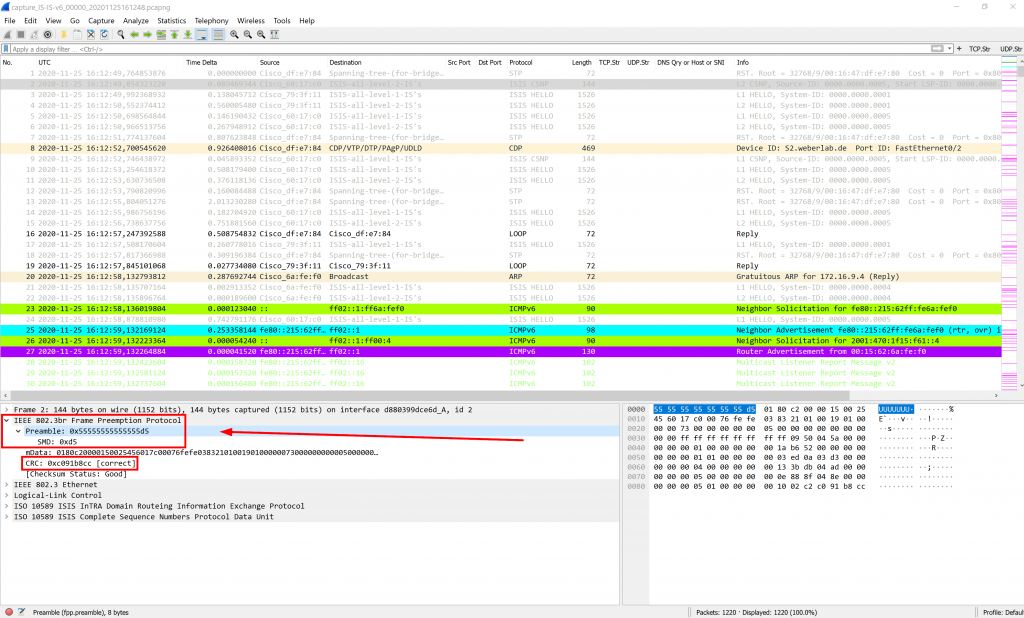


The screenshot below shows what a successful call setup and teardown should look like in Wireshark. Next, let's troubleshoot a user who can authenticate onto a SIP server, but who can't make calls. After the phone is reconfigured correctly, it can successfully authenticate with the server. The SIP phone has most likely not been configured correctly. Since the phone tried four times to log on to the SIP server before giving up, it's likely that in this case we have an authentication problem.
#Install tcpdump tshark nmap raspberry pi Pc
If the IP phone was a softphone running on a PC, the connection problem could have been caused by a firewall on the PC preventing the SIP traffic from reaching the network, for example, but we can rule this out, since the SIP server and the phone are communicating. The screenshot below displays the SIP traffic generated from Wireshark shows that traffic is successfully reaching the SIP server from the IP phone, so the problem is not the connection between these two points. You may also want to filter the display to show only traffic to and from the problem phone's IP address. Filter this to show only SIP traffic by typing "sip" into the filter box at the top of the Wireshark window. At first, you'll probably see a bewildering amount of traffic traveling over the network in Wireshark. Let's begin by troubleshooting a user who's having a connection issue with an IP phone. Let's explore how you can begin to use Wireshark to troubleshoot SIP-related problems.
#Install tcpdump tshark nmap raspberry pi software
The software lets you see every packet traveling over your network and can filter out irrelevant packets to concentrate on the ones of interest. A simple way to do that is to use a free, open source traffic sniffing and analysis tool called Wireshark. When this happens, you need to troubleshoot to resolve the problem. If your organization uses a SIP-based VoIP solution, then you've probably had things go wrong: users can't connect to the system, or the call quality is poor.


 0 kommentar(er)
0 kommentar(er)
